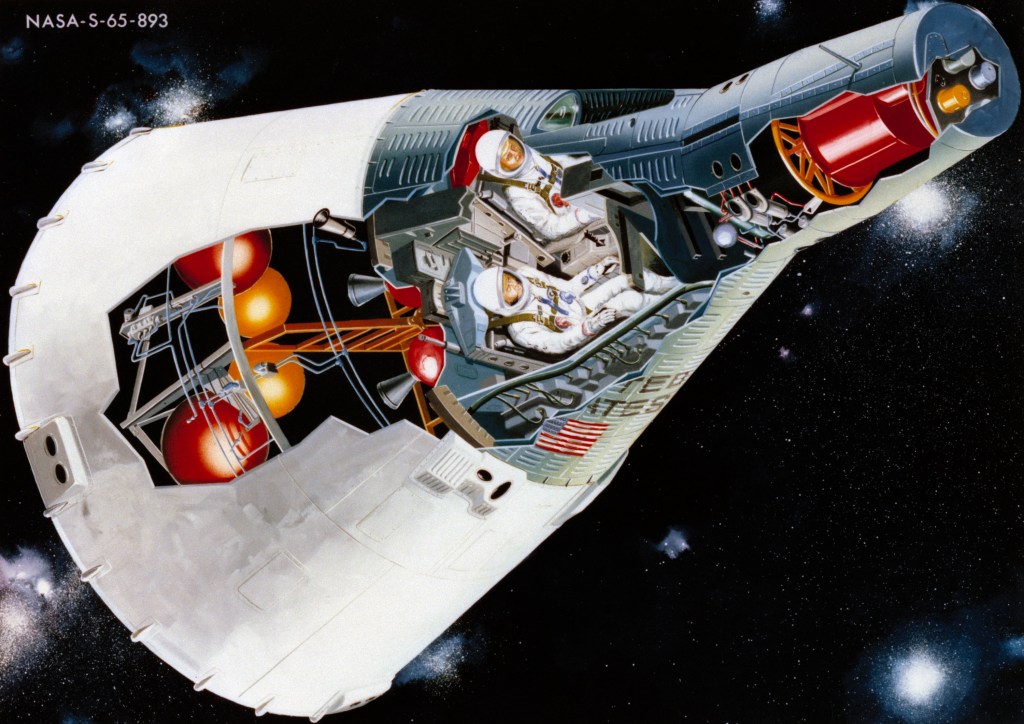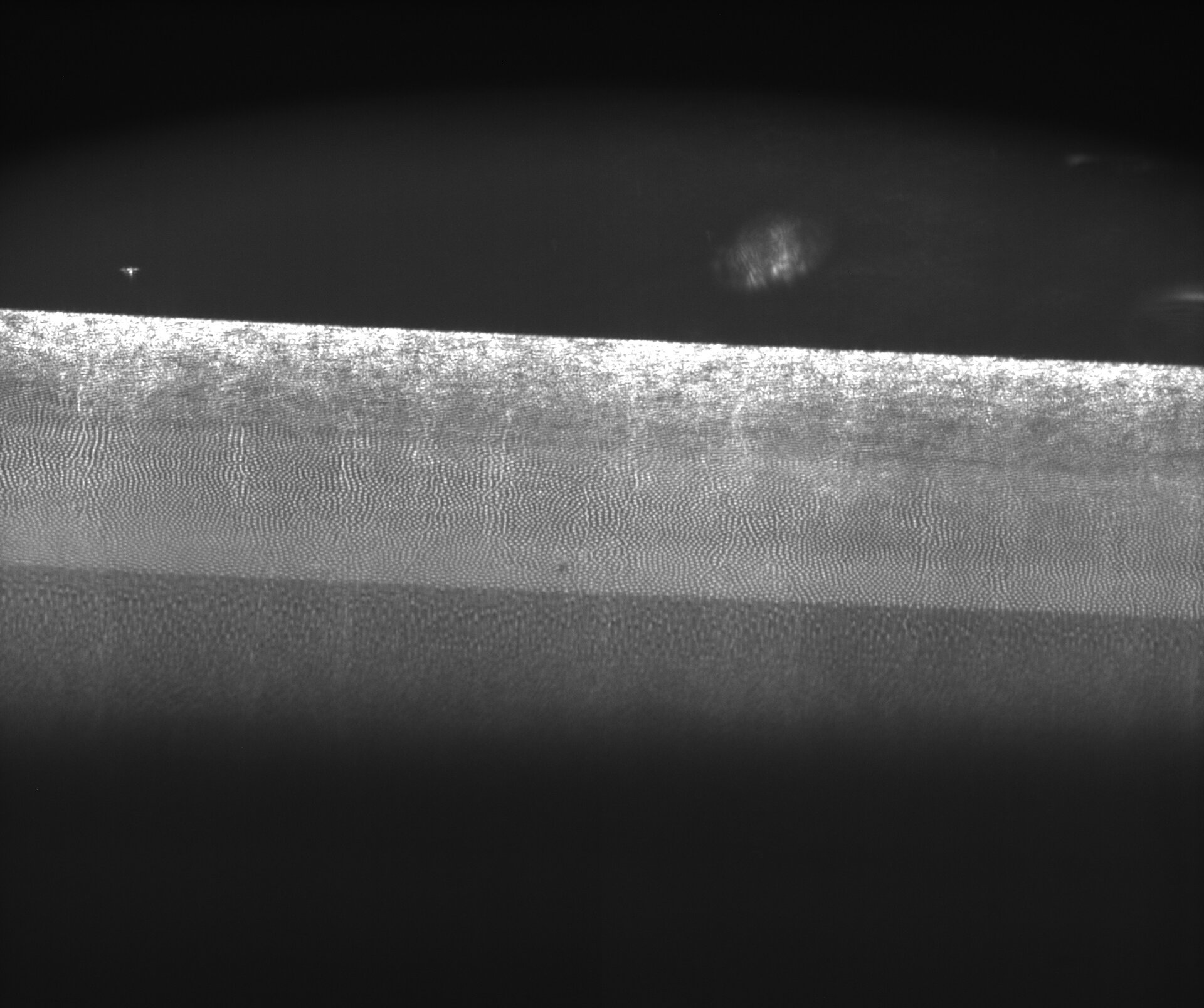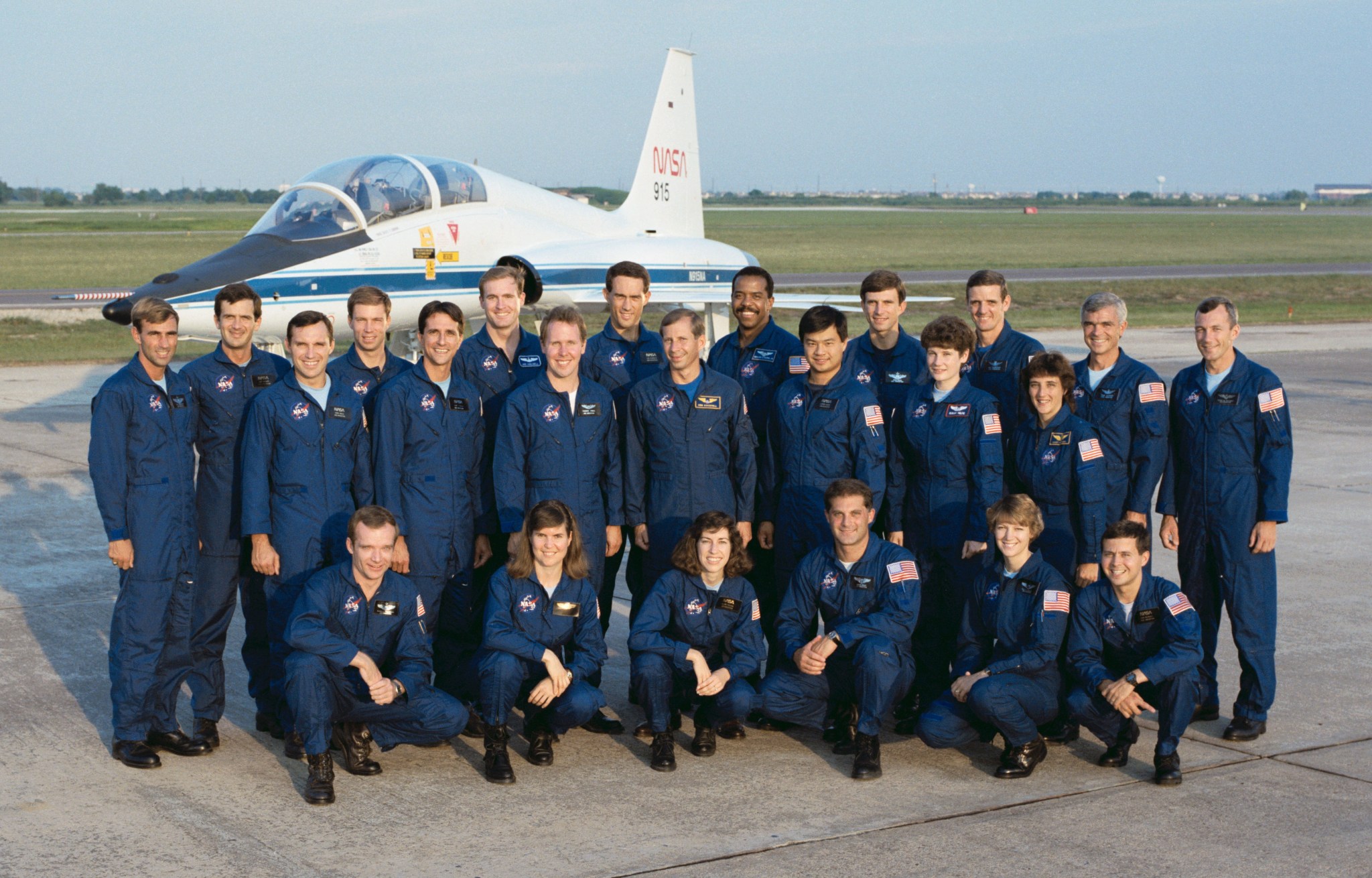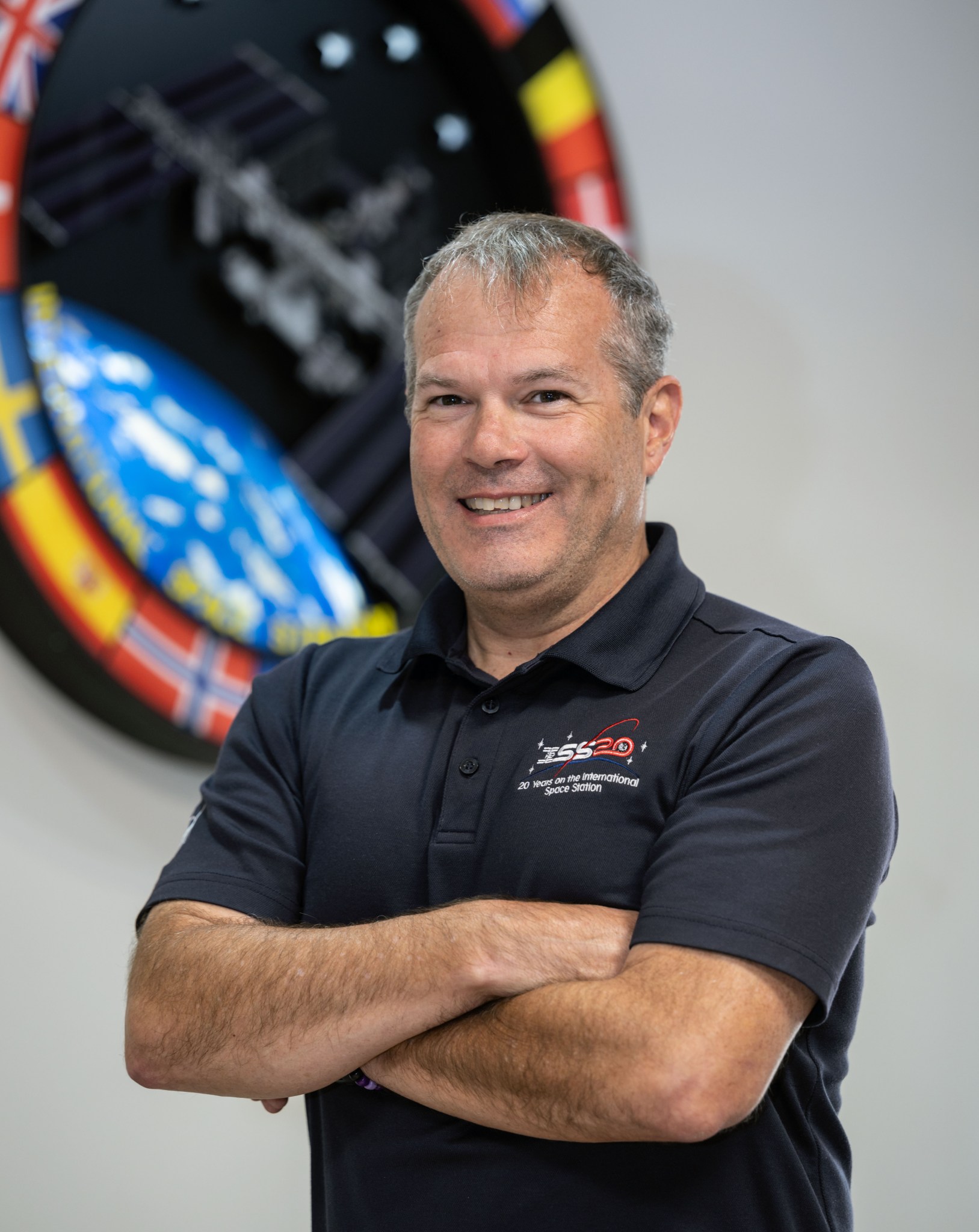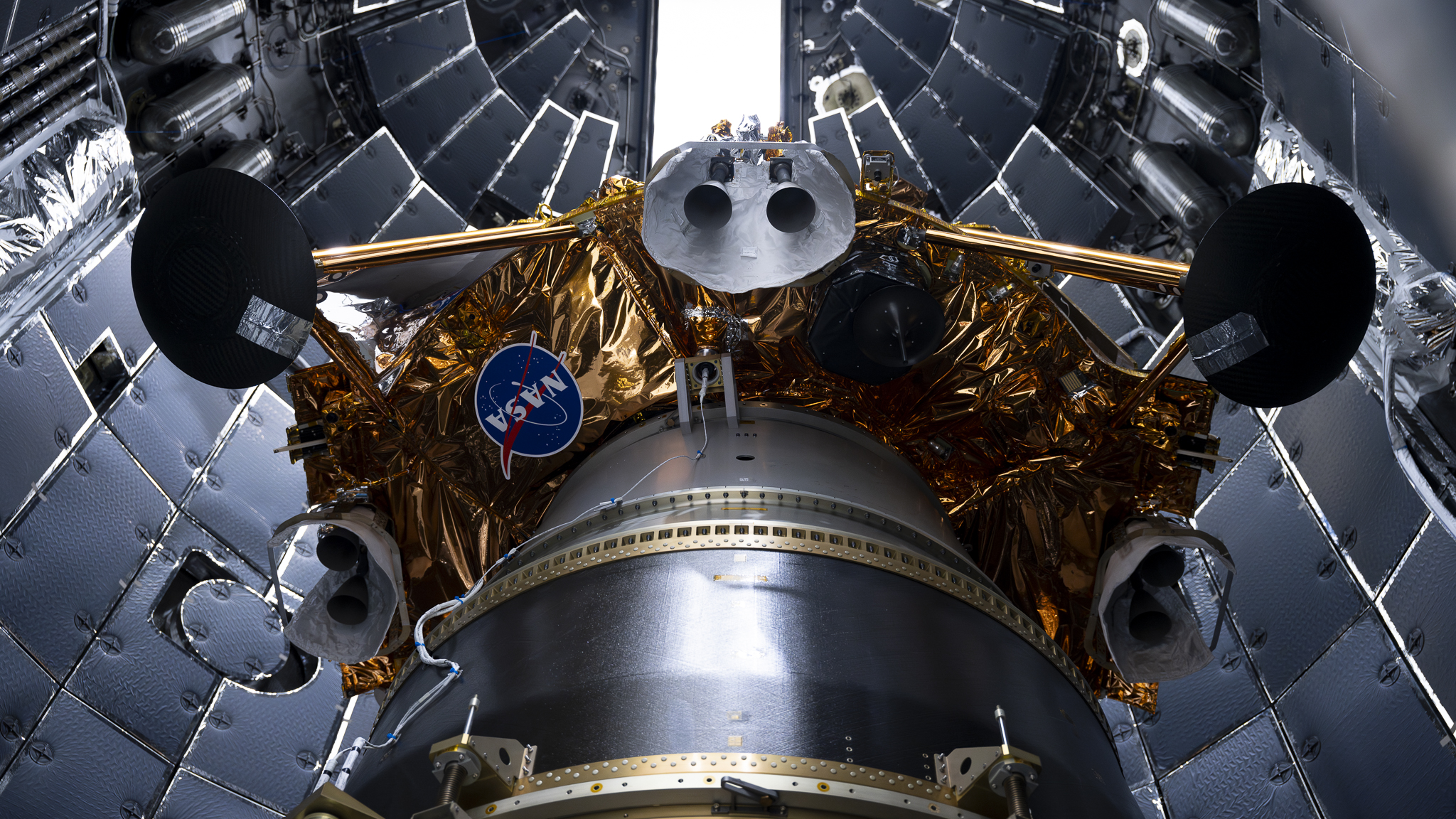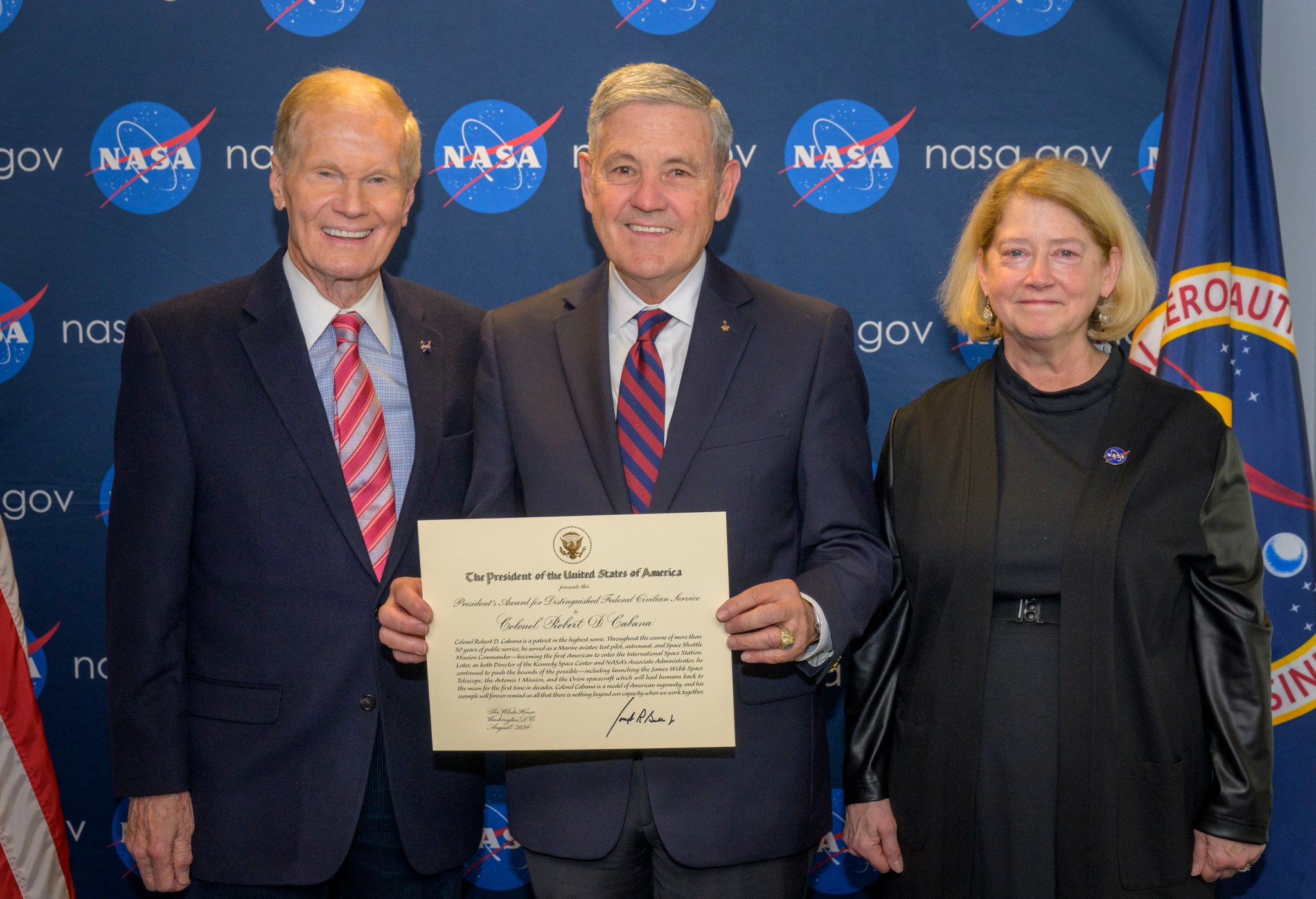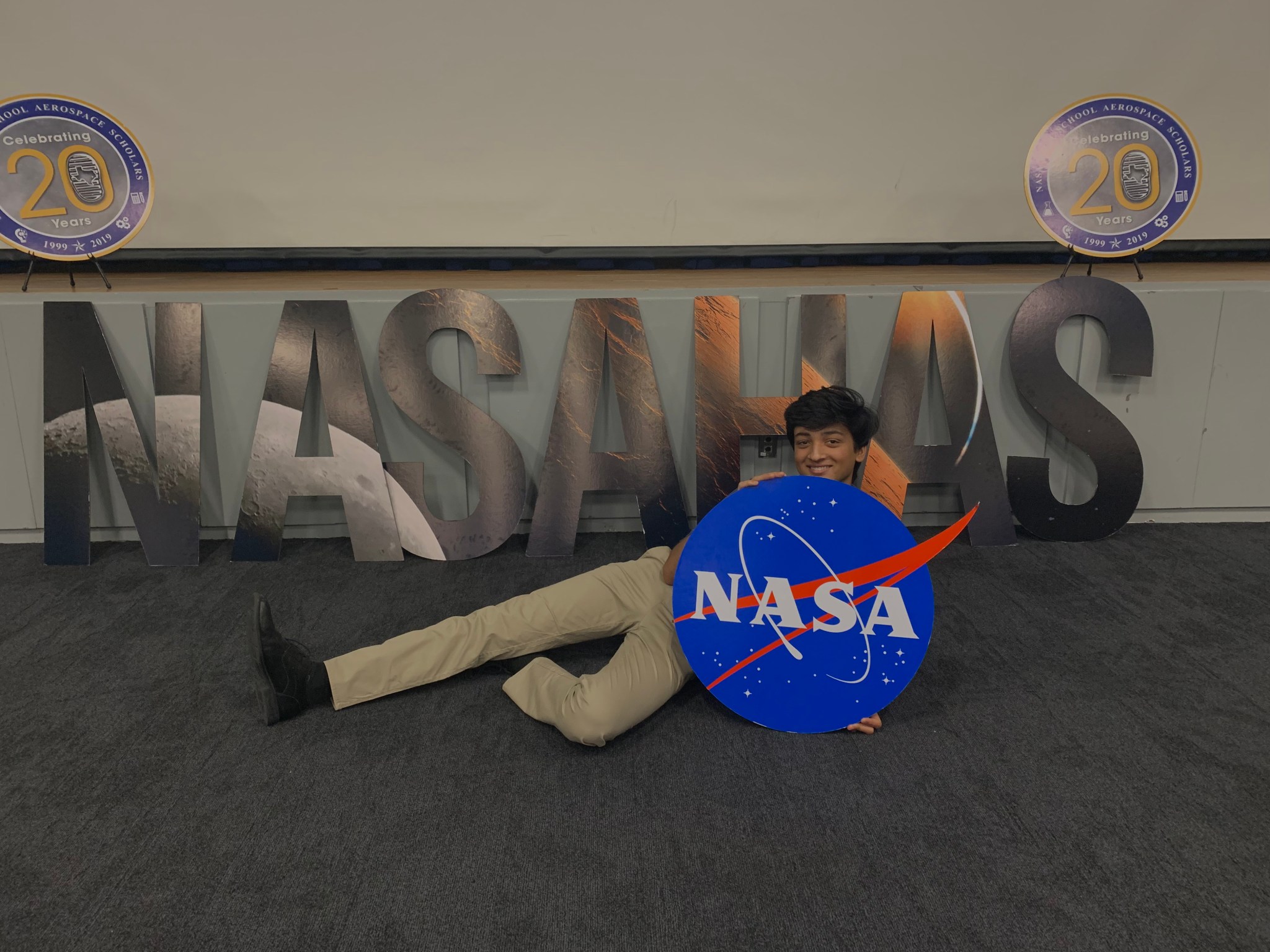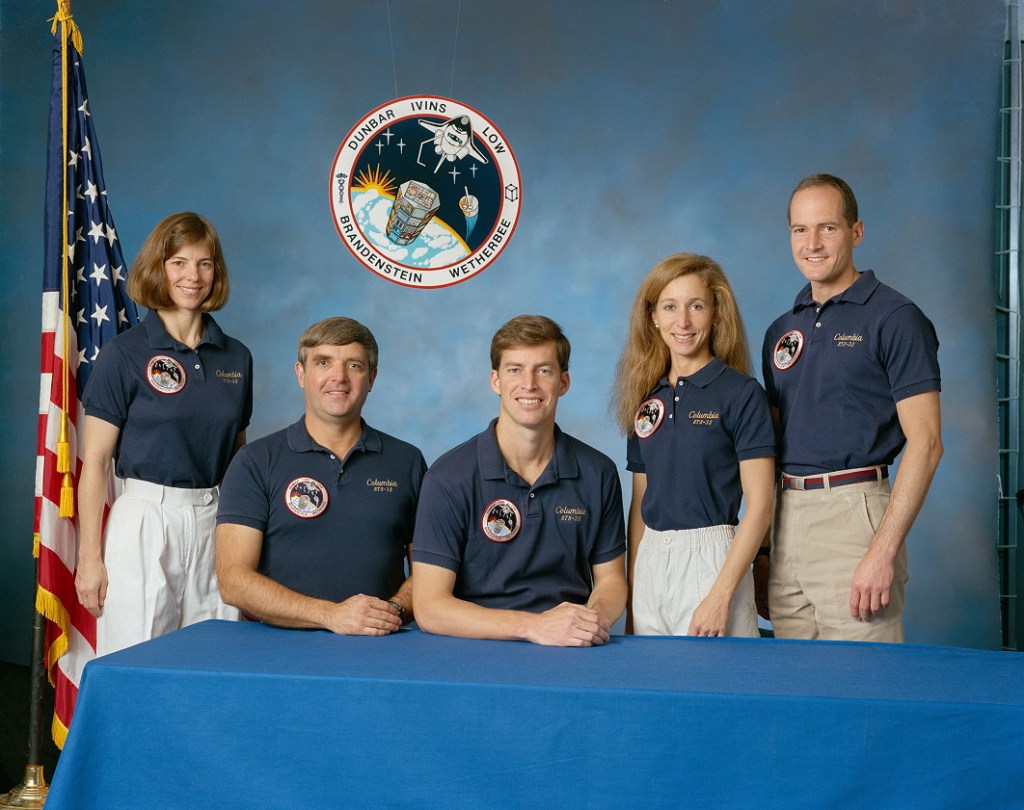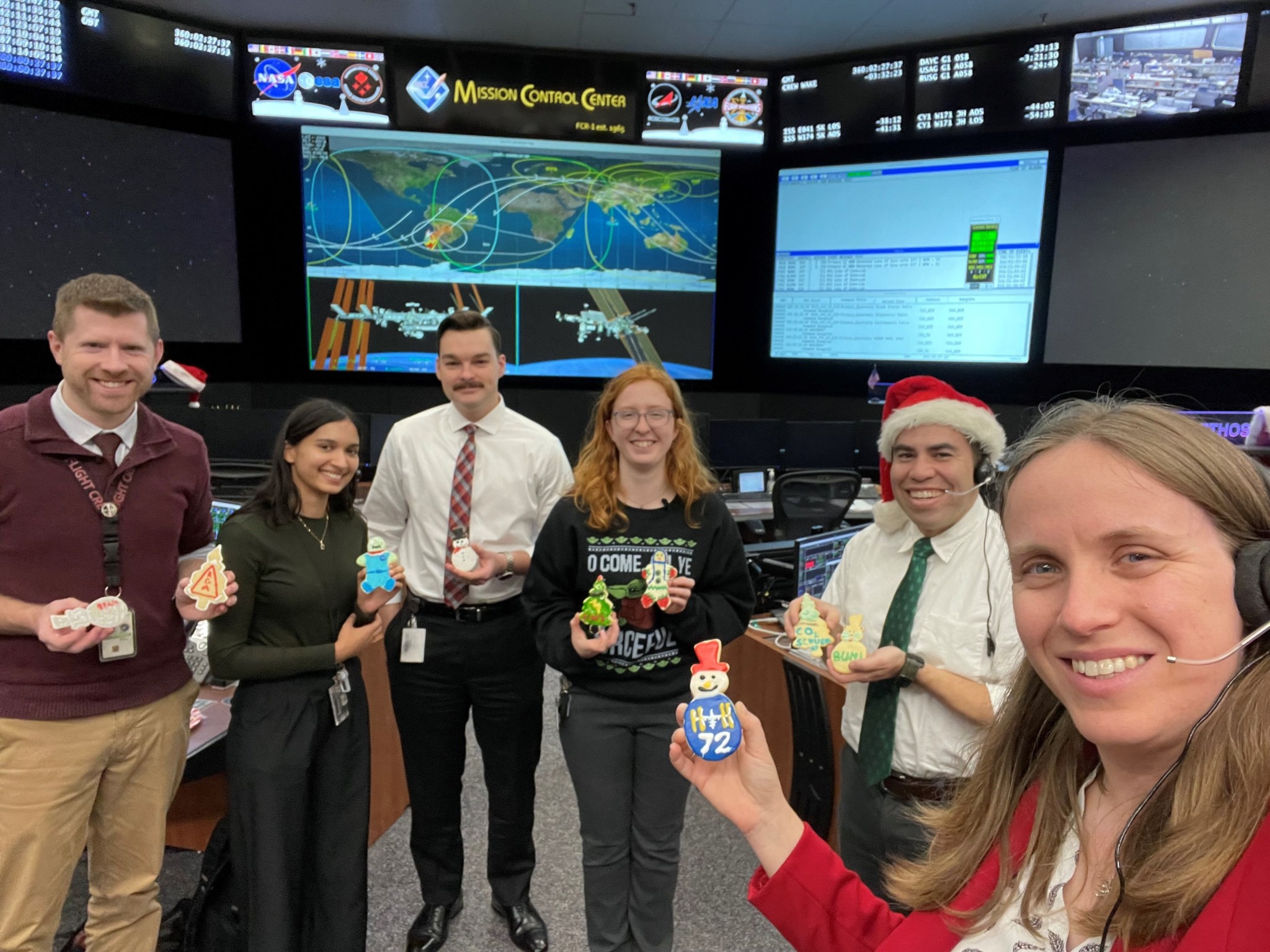On Jan. 19, 1965, Gemini 2 successfully completed the second of two uncrewed test flights of the spacecraft and its Titan II booster, clearing the way for the first crewed mission. The 18-minute suborbital mission achieved the primary goals of flight qualifying the Gemini spacecraft, especially its heat shield during a stressful reentry. Recovery forces retrieved the capsule following its splashdown, allowing engineers to evaluate how its systems fared during the flight. The success of Gemini 2 enabled the first crewed mission to fly two months later, beginning a series…
Read MoreTag: Johnson Space Center
Station Science Top News: Jan. 17, 2025
Insights into metal alloy solidification Researchers report details of phase and structure in the solidification of metal alloys on the International Space Station, including formation of microstructures. Because these microstructures determine a material’s mechanical properties, this work could support improvements in techniques for producing coatings and additive manufacturing or 3D printing processes. METCOMP, an ESA (European Space Agency) investigation, studied solidification in microgravity using transparent organic mixtures as stand-ins for metal alloys. Conducting the research in microgravity removed the influence of convection and other effects of gravity. Results help scientists…
Read More35 Years Ago: NASA Selects its 13th Group of Astronauts
On Jan. 17, 1990, NASA announced the selection of its 13th group of astronaut candidates. The diverse group comprised 23 candidates – seven pilots and 16 mission specialists. The group included one African American, one Asian American, and five women including the first female pilot and the first Hispanic woman. Following one year of astronaut candidate training, all 23 became eligible for technical assignments within the astronaut office and for assignment to space shuttle crews. All members of the group completed at least one spaceflight, making significant contributions to the…
Read MoreNASA Names David Korth as Deputy, Safety and Mission Assurance Directorate
NASA has selected David Korth as deputy for Johnson Space Center’s Safety and Mission Assurance directorate. Korth previously served as deputy manager of the International Space Station Avionics and Software Office at Johnson Space Center prior to serving as acting deputy for Safety and Mission Assurance. I’m excited to embark on my new role as deputy for Johnson’s Safety and Mission Assurance directorate,” Korth said. “Safety has been a priority for me throughout my NASA career. It is at the forefront of every decision I make.” Korth brings more than 34 years’…
Read MoreTen NASA Science, Tech Instruments Flying to Moon on Firefly Lander
Firefly Aerospace’s Blue Ghost lander getting encapsulated in SpaceX’s rocket fairing ahead of the planned liftoff for 1:11 a.m. EST Jan. 15 from Launch Complex 39A at NASA’s Kennedy Space Center in Florida SpaceX As part of NASA’s CLPS (Commercial Lunar Payload Services) initiative and Artemis campaign, the agency is preparing to fly ten instruments aboard Firefly Aerospace’s first delivery to the Moon. These science payloads and technology demonstrations will help advance our understanding of the Moon and planetary processes, while paving the way for future crewed missions on the…
Read MoreFormer NASA Official, Astronaut Bob Cabana Receives Top Civilian Award
NASA Administrator Bill Nelson, left, and Deputy Administrator Pam Melroy, right, present Bob Cabana, who served as a NASA associate administrator, astronaut, and a colonel in the United States Marine Corps, the President’s Award for Distinguished Federal Civilian Service, recognizing his exceptional achievements and public service to the nation, Jan. 10, 2025, at the Mary W. Jackson NASA Headquarters in Washington. The award, signed by President Biden, is the highest honor the federal government can grant to a federal civilian employee. Credit: NASA/Bill Ingalls Robert Cabana, who served as a…
Read MoreStation Science Top News: Jan. 10, 2025
Measurements from space support wildfire risk predictions Researchers demonstrated that data from the International Space Station’s ECOsystem Spaceborne Thermal Radiometer Experiment on Space Station (ECOSTRESS) instrument played a significant role in the ability of machine learning algorithms to predict wildfire susceptibility. This result could help support development of effective strategies for predicting, preventing, monitoring, and managing wildfires. As the frequency and severity of wildfires increases worldwide, experts need reliable models of fire susceptibility to protect public safety and support natural resource planning and risk management. ECOSTRESS measures evapotranspiration, water use…
Read MoreHigh School Aerospace Scholars Propel STEM Leaders Forward
NASA’s Office of STEM Engagement at Johnson Space Center in Houston offers students a unique gateway to opportunity through the High School Aerospace Scholars (HAS) program. The initiative provides Texas juniors with hands-on experience in space exploration, working on projects ranging from rocket building to problem-solving in collaborative teams. The stories of HAS alumni highlight the program’s impact, showcasing how it has opened doors to diverse careers in STEM and inspired graduates to empower others. Johnson Community Engagement Lead Jessica Cordero, who served as the manager of the HAS program…
Read More35 Years Ago: STS-32 Returns the Long Duration Exposure Facility
On Jan. 9, 1990, space shuttle Columbia took off on its ninth flight, STS-32, from NASA’s Kennedy Space Center (KSC) in Florida. Its five-person crew of Commander Daniel Brandenstein, Pilot James Wetherbee, and Mission Specialists Bonnie Dunbar, Marsha Ivins, and David Low flew a then record-breaking 11-day mission to deploy the Syncom IV-F5 communications satellite for the U.S. Navy and retrieve the Long-Duration Exposure Facility (LDEF). Astronauts aboard a shuttle mission in 1984 deployed the LDEF and scientists eagerly awaited the return of their 57 experiments to study the effects…
Read MoreHouston, We Have the Holiday Cookies
Supporting the International Space Station is an around-the-clock responsibility for NASA and its international partners. This means there is always a team of flight operations and payload personnel working with the orbiting laboratory’s crew – including overnight, on weekends, and during the holidays. At Johnson Space Center’s Mission Control Center (MCC) in Houston, flight directors organize fun activities to help these teams build camaraderie and celebrate holidays while they work, no matter the hour. “Working in mission control is a very rewarding job, but it also demands a lot from…
Read More